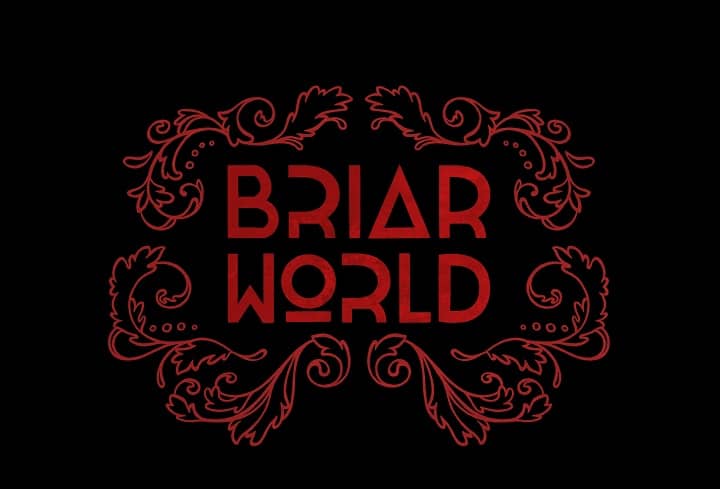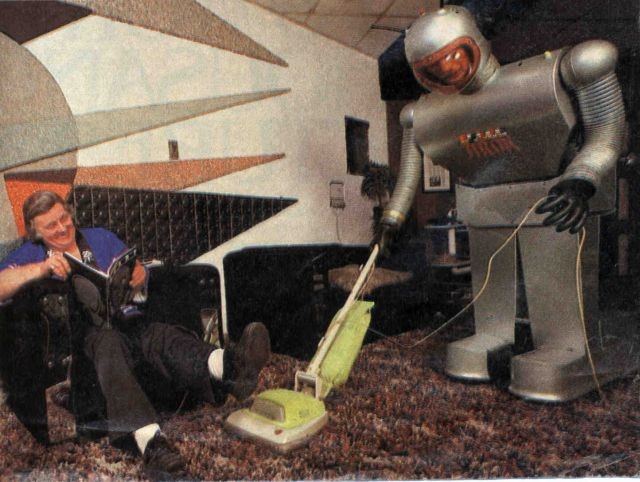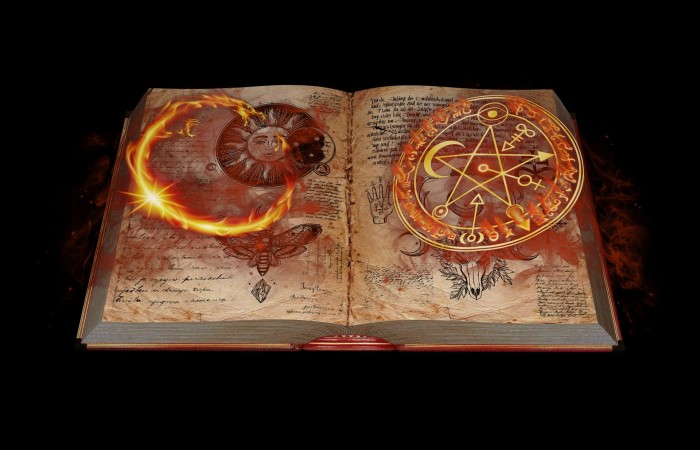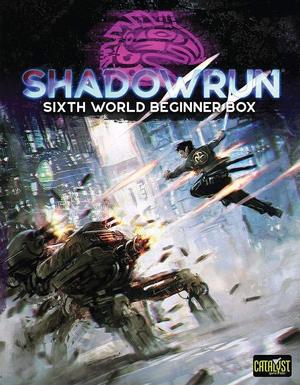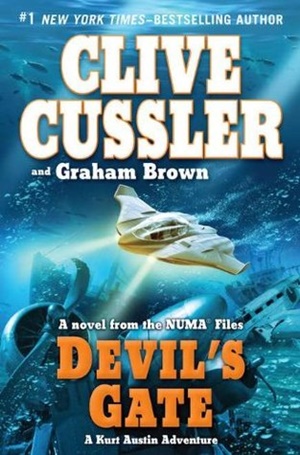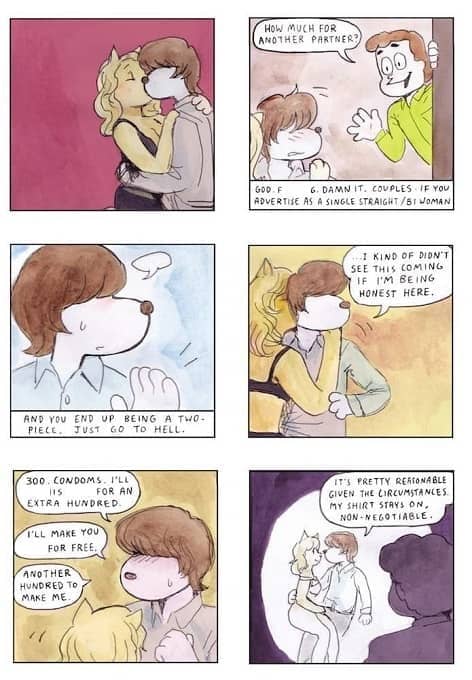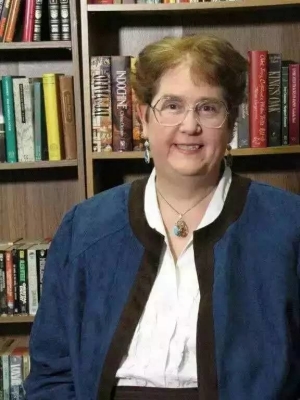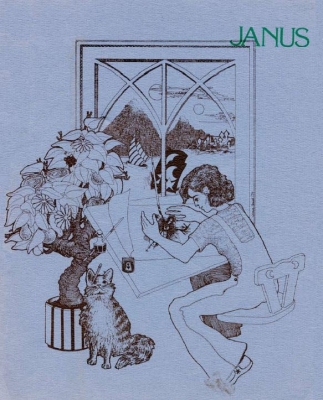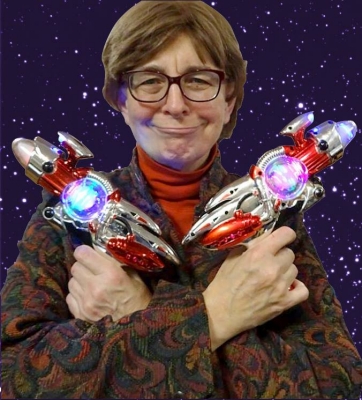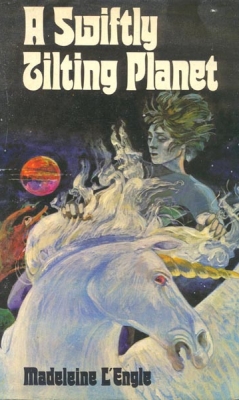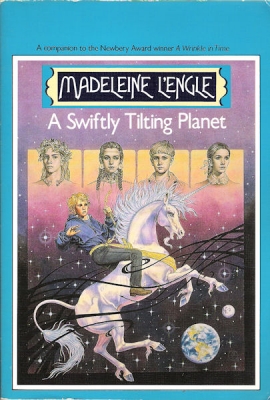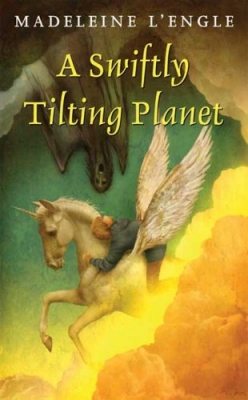Blogging Marvel’s Master of Kung Fu, Part Four
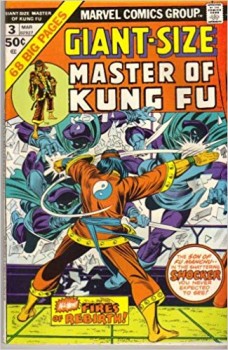 Giant-Size Master of Kung Fu #3 continues the run of excellent issues from writer Doug Moench and artist Paul Gulacy. While the early cycle of stories suffer from an over-reliance on Fu Manchu as the villain (to levels that rival Baron Mordo in the early Lee-Diko Dr. Strange stories), there was a method to their madness. The blowback from Sax Rohmer fans (which started in the pages of The Rohmer Review fanzine) was followed by the author’s widow filing a complaint with The Society of Authors over Marvel’s mismanagement of her husband’s property.
Giant-Size Master of Kung Fu #3 continues the run of excellent issues from writer Doug Moench and artist Paul Gulacy. While the early cycle of stories suffer from an over-reliance on Fu Manchu as the villain (to levels that rival Baron Mordo in the early Lee-Diko Dr. Strange stories), there was a method to their madness. The blowback from Sax Rohmer fans (which started in the pages of The Rohmer Review fanzine) was followed by the author’s widow filing a complaint with The Society of Authors over Marvel’s mismanagement of her husband’s property.
Steve Englehart and Jim Starlin had no way of knowing that killing off an old character in Shang-Chi’s debut would constitute not keeping to the tone and content of the originals. They were a writer and artist assigned to a property and were more interested in creating a Marvel variation on the successful Kung Fu television series than they were in reviving Fu Manchu. Moench and Gulacy were determined to avoid further legal hassles by showing something approaching fidelity to Rohmer while carefully positioning the storyline to more closely model Ian Fleming and Len Deighton spy thrillers than Rohmer.
